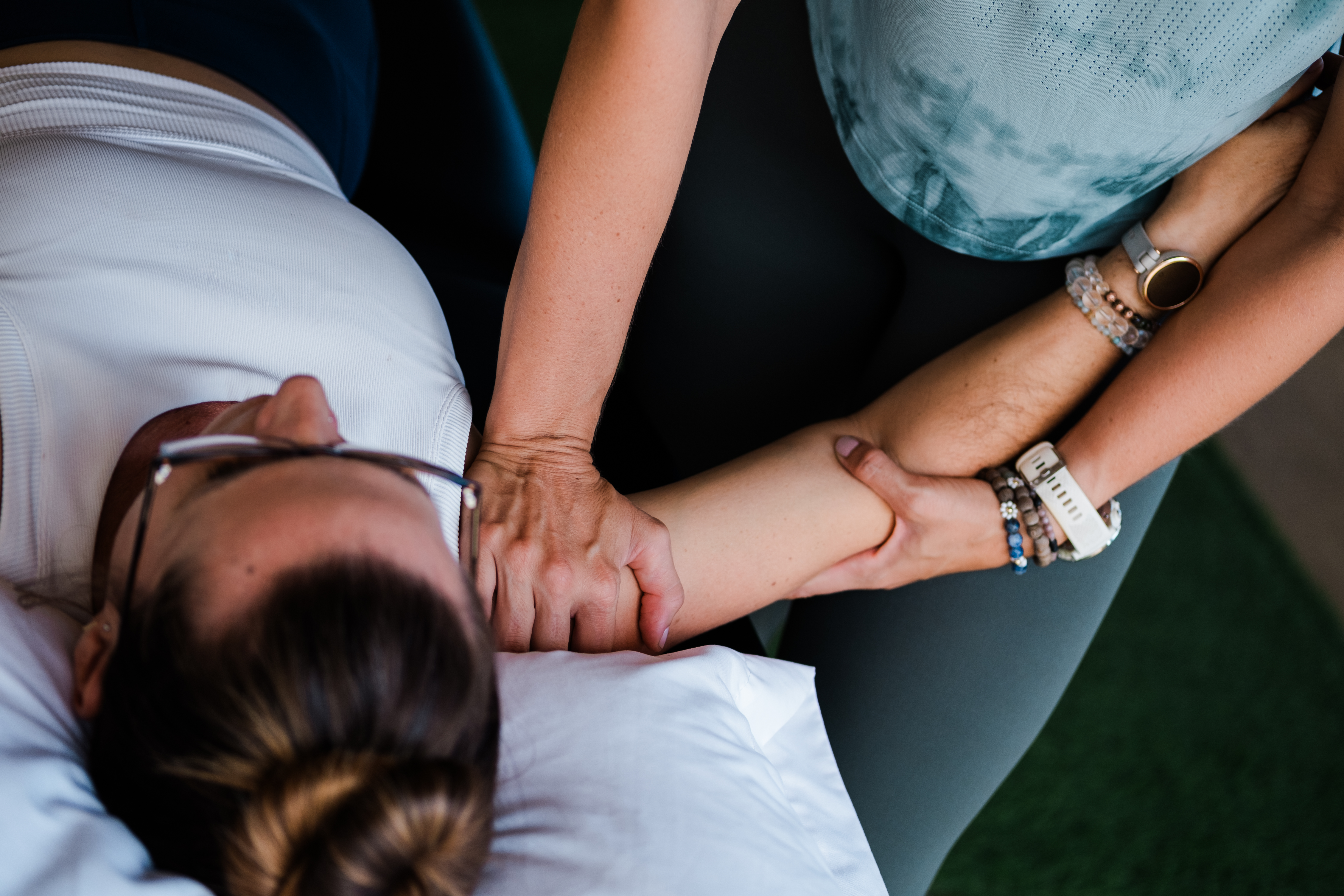A Paradigm Shift in Soft Tissue Injury Management: Embracing Peace and Love Over R.I.C.E.
Why the P.E.A.C.E & L.O.V.E. Method is Replacing R.I.C.E for Soft Tissue Injury Recovery
In the ever-evolving world of sports medicine, new research is reshaping how we approach soft tissue injury recovery. The traditional R.I.C.E. method (Rest, Ice, Compression, Elevation), once the gold standard, is being replaced by a more holistic and compassionate approach. This new method emphasizes healing through peace, love, and understanding, ensuring optimal recovery for acute injuries.
The Downfall of R.I.C.E.
For decades, R.I.C.E. was the go-to protocol for managing soft tissue injuries. However, recent studies have raised concerns about its effectiveness, especially in promoting optimal recovery and preventing long-term complications. In 2015, Dr. Gabe Mirkin, the creator of R.I.C.E., admitted that his original recommendations may not enhance healing and could even delay recovery. Here’s why:
- Rest Might Not Always Be Best:
Although short rest is necessary, extended immobilization can impede the body’s natural healing process. In fact, prolonged rest may lead to muscle stiffness and atrophy. - Ice May Not Be the Best Solution:
Icing the injured area, a staple of R.I.C.E., has been shown to potentially slow down healing. Ice constricts blood vessels and reduces inflammation, which is crucial for tissue repair. - Compression and Elevation:
While compression and elevation are still important for managing swelling, they are part of a broader, more integrated approach, not the sole solutions.
The Rise of P.E.A.C.E & L.O.V.E.
The new paradigm in injury recovery introduces the P.E.A.C.E. & L.O.V.E. framework, which emphasizes the body’s natural ability to heal with the right guidance. Here’s what the P.E.A.C.E. & L.O.V.E. method involves:
P.E.A.C.E. Framework:
- P: Protect – Shield the injured area from further harm using braces or slings.
- E: Elevate – Elevate the injured limb to reduce swelling, but avoid discomfort.
- A: Avoid Anti-Inflammatory Medications – Avoid NSAIDs to allow the natural inflammatory response to aid healing.
- C: Compression – Apply controlled compression to manage swelling.
- E: Education – Understand that the body is resilient and can heal with the right support.
L.O.V.E. Framework:
- L: Load – Gradually introduce controlled, pain-free movements to stimulate tissue repair.
- O: Optimism – Cultivate a positive mindset, trusting in the body’s healing capacity.
- V: Vascularization – Encourage blood flow through gentle movements to enhance circulation.
- E: Exercise – Incorporate rehabilitative exercises to restore strength, flexibility, and function.
Healing Naturally: Embrace P.E.A.C.E & L.O.V.E.
Minor injuries are a natural part of an active lifestyle. When injuries occur, adopting the P.E.A.C.E & L.O.V.E. method can help optimize recovery, promote healing, and prevent further damage.
If you’re recovering from an injury or need personalized advice, working with a movement expert can accelerate your recovery. Schedule your free consultation with Dr. Alex to learn how to recover and get back to pain-free movement.
March 30, 2024
Alex Langford

Join our weekly newsletter to receive expert health tips, actionable insights, and updates on upcoming events and programs.